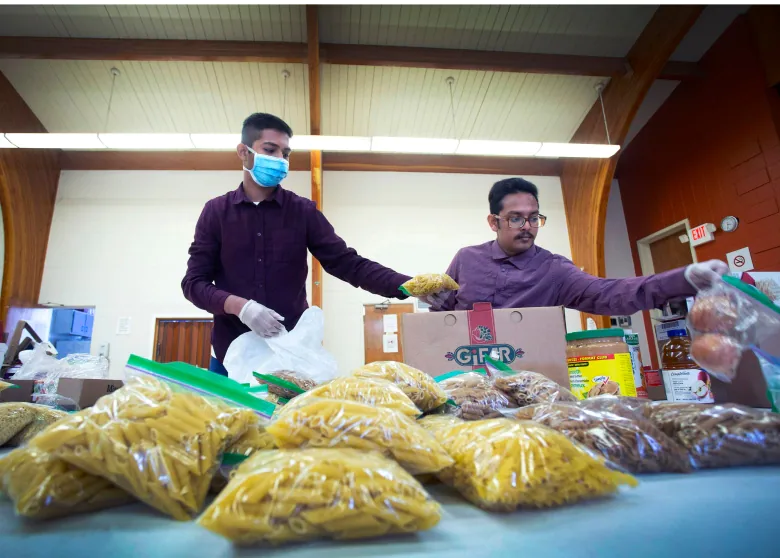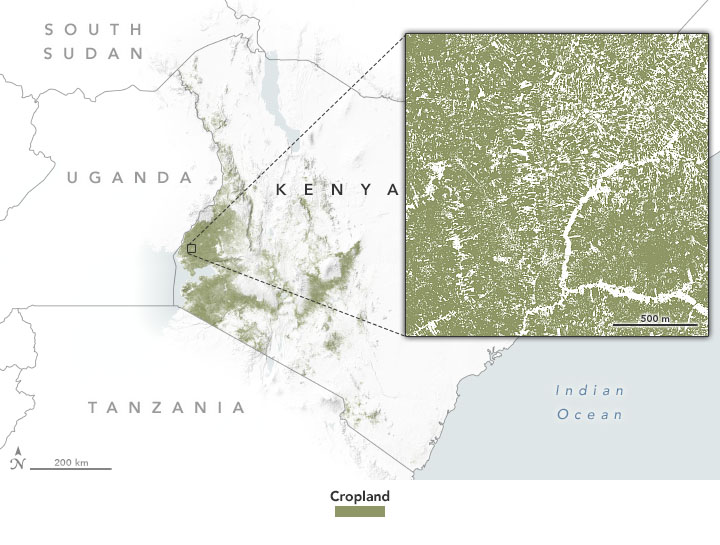They created a mobile food bank. Now, the family behind NL Eats is leaving the province

The family behind NL Eats — a nonprofit known for the mobile food bank they began during the COVID-19 pandemic, among other community projects—is saying goodbye to Newfoundland and Labrador … at least for now.
Originally from Bangladesh, siblings Adib Rahman, Mahmudul Islam Shourov, Fabiha Tarannum and Mehnaz Tabassum, along with Tabassum’s fiancé, Saif Ahmed, formed NL Eats in 2019.
“We all recently graduated and we were looking for opportunities,” said Adib Rahman, who is the director of marketing for NL Eats.
“We have looked for opportunities in Newfoundland. But because of the pandemic … it’s very, very scarce right now, the opportunities available for youth.”
The family has now moved to Ottawa for work after living in St. John’s for more than six years. Some family members are permanent residents; some, like Rahman and Shourov, are still considered international students in the eyes of the federal government.
“With that status comes a lot of different restrictions,” Rahman said. “A lot of jobs are not available to us. And while we are in the process of our permanent residency right now, it is a lengthy process.”
While the family is sad to go, they’re vowing to make an annual visit.
They even bought a house before they left—and Tabassum said they definitely hope to return in a couple of years.
In the meantime, they’re all staying very much involved with NL Eats. Working with their staff and volunteers on the ground in Newfoundland, the family will keep overseeing a wide array of community projects.
A mobile food bank and so much more
The Road to Success program is one of their latest ventures. Aimed at helping youth launch their careers through volunteering, paid internships and professional skills building, the family’s departure from Newfoundland actually sparked the idea for the program.

“We love Newfoundland and it was very heartbreaking…




